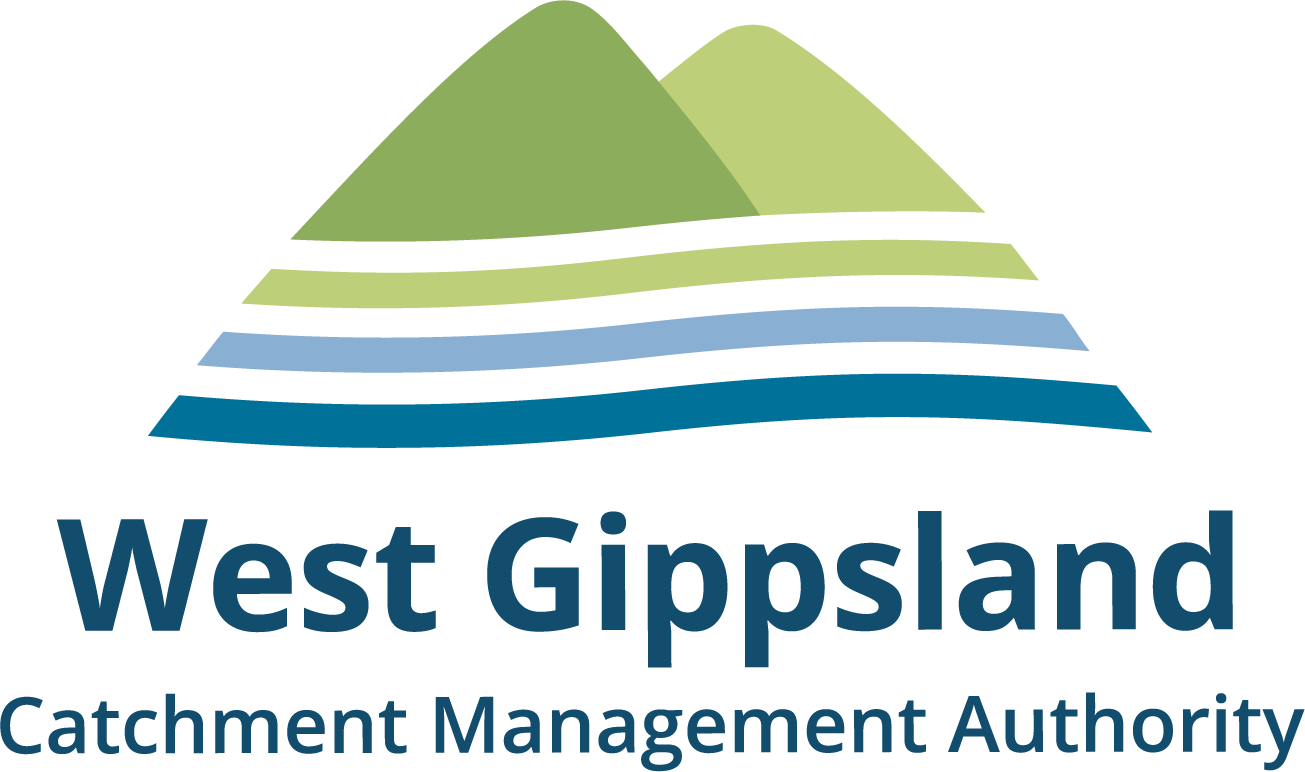Potential waterway impacts of culverts
- alter the stream’s natural flow pattern
- increase erosion
- increase risk of blockage or damage due to debris
- reduced capacity for fish movement
- less wildlife in the immediate area of the crossing
- negative impacts on in-stream vegetation
- increasing flooding upstream
- increasing nutrient loads where crossing is used for regular stock movement
Key requirements for culvert crossings
- appropriate size to ensure it has the capacity to carry catchment flows (hydraulic modelling may be required to determine this)
- designed to allow passage for fish and other aquatic animals
- designed to reduce the risk of blockage by flood debris
- designed to reduce the risk of structure damage or failure.
Points to be considered
Track height
Culvert crossings can be set with the track level at or above the top of the bank or some lower level. For dairy farms, the crossing should be above the bank level with appropriate drainage so animal waste drains away from the waterway.
Culvert height
At least 600 mm airspace is needed above the typical base flow in the stream. This allows reasonable light within the culvert to encourage fish passage and allow for increased flows.
Invert level
The invert level of culverts must be a minimum of 150 mm below the bed of the stream. This will allow for some sediment to settle within the culvert, providing a more natural environment for aquatic fauna. The chosen culvert size must include an allowance for this.
Crossing stabilisation
The crossing must be stabilised so that it doesn’t wash away if the water levels rise. As well as losing access to the crossing and the cost of fixing it, this would mean a lot of sediment is washed into the waterway. Rock beaching is required on the downstream batter, bank crest and around the culvert inlet and outlet for protection.
The following points apply
- earth embankment must be compacted to achieve 95% maximum dry density
- rock beaching specification of the downstream batter should be for a well graded hard quarried rock. 1.5 to 2 times the rock size in thickness
- downstream batter is to have a maximum slope of 1(v):4(h)
- the crest is to be covered with 20 mm to 150 mm diameter rock mix, 200 mm thick (compacted thickness), or sealed with bitumen or concrete.
The upstream batter should not be steeper than 1(v):2(h). Beaching is not always necessary on the upstream batter but it is recommended as good practice. A grass cover is a good way to stabilise the batter surface.
Bed and batter protection
Whether bed and batter protection is needed, depends on the material at the site. Rock riprap is required on the bed except where the stream material is rock, or stones greater than 150 mm in diameter. Rock rip rap is also required on the stream banks for protection during flows over the culvert.
For low level crossings, riprap is required on bed and banks at least 1 metre above track level, extending to at least four times the culvert height downstream of the culvert.
A range of flows need to be considered to determine the critical flow condition that leads to the largest size of riprap.
Local drainage
Drainage from the site and access roads should be angled towards sediment basins or grassed filter zones and should not discharge directly into the stream. Where this cannot be avoided, a piped or rock chute may be needed.
On dairy farms, the tracks are to be graded away from the waterway to a drainage recycling system. There should be no direct connection of any dairy track to a stream or connected drain.



